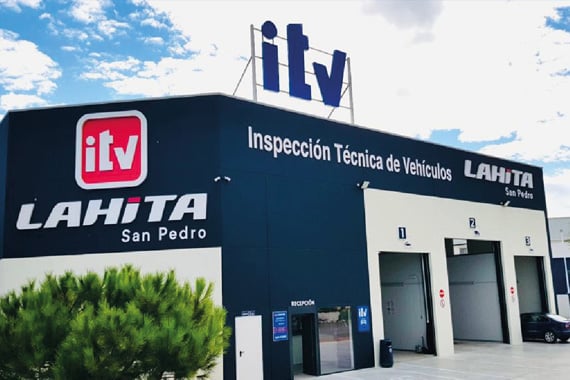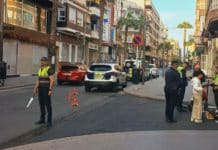To drive on the road, the car needs to pass the Inspección Técnica de Vehículos, a vehicle inspection similar to the UK’s MOT, commonly known as the ITV.
In the inspection, it is verified that the vehicle complies with the safety and polluting emission standards, whilst the technicians verify that there are no faults that could endanger road safety.
But many will wonder what parts of the car are reviewed in the ITV that is mandatory every two years until they are 10 years old. The General Directorate of Traffic (DGT) have provided a list of all the components of the vehicles that are inspected so that they satisfy these minimum safety requirements and have the permit to drive on the road, an accreditation that translates into a sticker that drivers must display on the front window.
What parts of the car are reviewed in the ITV
– Vehicle identification. The ITV not only looks at the state of the car. It is also important that the make, model, chassis number and licence plate of the vehicle coincide with those indicated in the documentation of the vehicle that is presented. When an appointment for the exam is made, the originals of the Tarjeta de Inspección Técnica, the ITV card, and the Permiso de Circulación, the logbook, must also be presented.
– Bodywork. The exterior part of the vehicle» must not present rust and/or corrosion defects in elements that affect the safety systems or edges that could cause injuries to pedestrians. For this reason, the test verifies that elements such as the windscreen wipers and the doors work correctly. Nor can any mirror be missing, and they must be in good condition. Likewise, the vehicle’s windows must be approved and without damage that affects vision when driving.
Inside. During the ITV test, the seats are examined to verify that they are well attached to the bodywork. In case of incorporating child restraint systems, the technicians will check that they are appropriate for the safety of the little ones. In this sense, there can be no elements that prevent or hinder visibility. Also, the operation of the antifreeze, antifog and the antitheft and speedometer are reviewed.
Lighting and signage. Through a tool called a regloscope, the status of the dipped and main beam lights is inspected. Both the signalling and lighting elements must be approved and comply with Traffic regulations.
– Emissions. The technicians check that the vehicle does not exceed the maximum emission limit depending on the date of manufacture and the type of fuel used. Its impact on noise pollution is also crucial so that it does not exceed the permitted noise.
– Brakes. Brakes are an important element for safety. That is why his review is very exhaustive: its operation, from the pedal to the wheel cylinder.
– Steering. The steering wheel also undergoes a complete inspection to verify that it does not present a fault in its operation. To do this, the column, the steering box, all the linkage and the ball joints of the vehicle’s steering mechanism must be in good condition.
Axles, wheels, tyres and suspension. The status of all these items is checked. The tyres must be approved and be those indicated for the vehicle model. Likewise, the suspension components, their fixings, damage, leaks or protections are inspected.
Engine and transmission. In this part of the vehicle, great care is taken to ensure that the engine does not leak oil. Thus, the anchors, the battery, the fuel tank, pipes, exhaust system, the state of the transmission and its possible losses are also checked.





